18-19 April 2017
Today we travel to Sorrento, Italy; but, first we stop at Paestum.
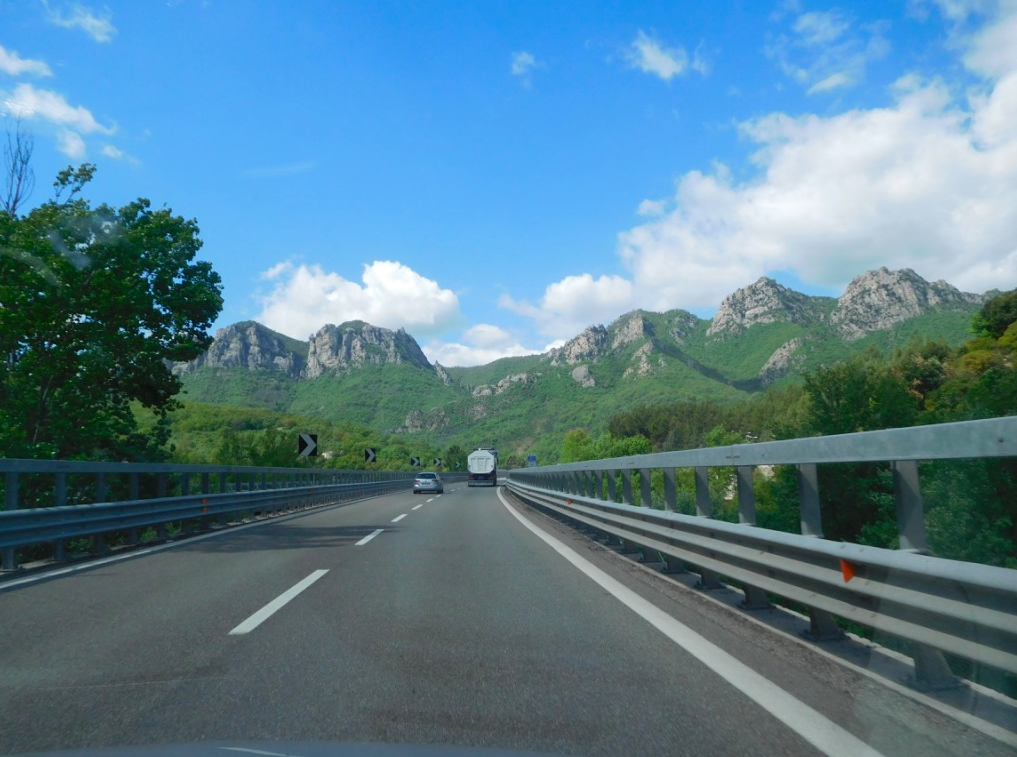
Nice roadway travel, picturesque mountains, little traffic.
Per Wikipedia: "Paestum was a major ancient Greek city on the coast of the Tyrrhenian Sea in Magna Graecia (southern Italy). The ruins of Paestum are famous for their three ancient Greek temples in the Doric order, dating from about 600 to 450 BC, which are in a very good state of preservation. The city walls and amphitheatre are largely intact, and the bottom of the walls of many other structures remain, as well as paved roads."
We enjoyed the ruins we visited in Sicily. But, these particular ruins were even more impressive to us. The crowds were minimal. It really was amazing to walk around this complete city and imagine what life was like 2,500 years ago.
We enjoyed the ruins we visited in Sicily. But, these particular ruins were even more impressive to us. The crowds were minimal. It really was amazing to walk around this complete city and imagine what life was like 2,500 years ago.
The first welcome mat, ever?
Large and unbelievably intact.
Geraldine Kail, tour guide extraordinaire.
The left are remains of baths - in the back, a ramp allows walk down access to the cooler pool, and in the foreground are support structures for the heated upper bath. On the right is a meeting place for discussions.
In the adjacent museum were numerous articles (mosaics, wall paintings, artifacts) that were unearthed from this site as well as others nearby. Their prized exhibit, below, consisted of a burial vault, or sarcophagus, with paintings on the inside. Displayed are the lid, and the four sides. The deceased could enjoy viewing everyday life of their times into eternity (until modern people brought it up from the earth).
Per Wikipedia, "The Paestum Museum is renowned for its painted tombs, while only one of them dates to the Greek period. This is the Tomb of the Diver, which is the most famous. Modern archaeologists named it after the enigmatic scene, depicted on the underside of the covering slab, of a young man diving into a stream of water. It dates to the first half of the fifth century BC (about 470 BC), the Golden Age of the Greek town. It was found, on 3 June 1968, in a small necropolis south of the ancient walls. The tomb is painted with the true fresco technique and is the only example of Greek painting with figured scenes dating from the Orientalizing, Archaic, or Classical periods to survive in its entirety. Among the thousands of Greek tombs known from this time (roughly 700–400 BC), this is the only one found to have been decorated with frescoes of human subjects."
Per Wikipedia, "The Paestum Museum is renowned for its painted tombs, while only one of them dates to the Greek period. This is the Tomb of the Diver, which is the most famous. Modern archaeologists named it after the enigmatic scene, depicted on the underside of the covering slab, of a young man diving into a stream of water. It dates to the first half of the fifth century BC (about 470 BC), the Golden Age of the Greek town. It was found, on 3 June 1968, in a small necropolis south of the ancient walls. The tomb is painted with the true fresco technique and is the only example of Greek painting with figured scenes dating from the Orientalizing, Archaic, or Classical periods to survive in its entirety. Among the thousands of Greek tombs known from this time (roughly 700–400 BC), this is the only one found to have been decorated with frescoes of human subjects."
Now in Sorrento, Italy, Sorrento, just South across the Bay of Naples, was a good layover before entering Naples. The next day we would visit the Amalfi Coast, and then returned one more night to Sorrento. The two photos below show the family grounds where we rented a room - in the middle of Sorrento was this multiple family compound, with orange trees, kids, and cats.
Pizza of Sorrento. Notice the colors of Italy - white-cheese, green-basil, red-tomato sauce.

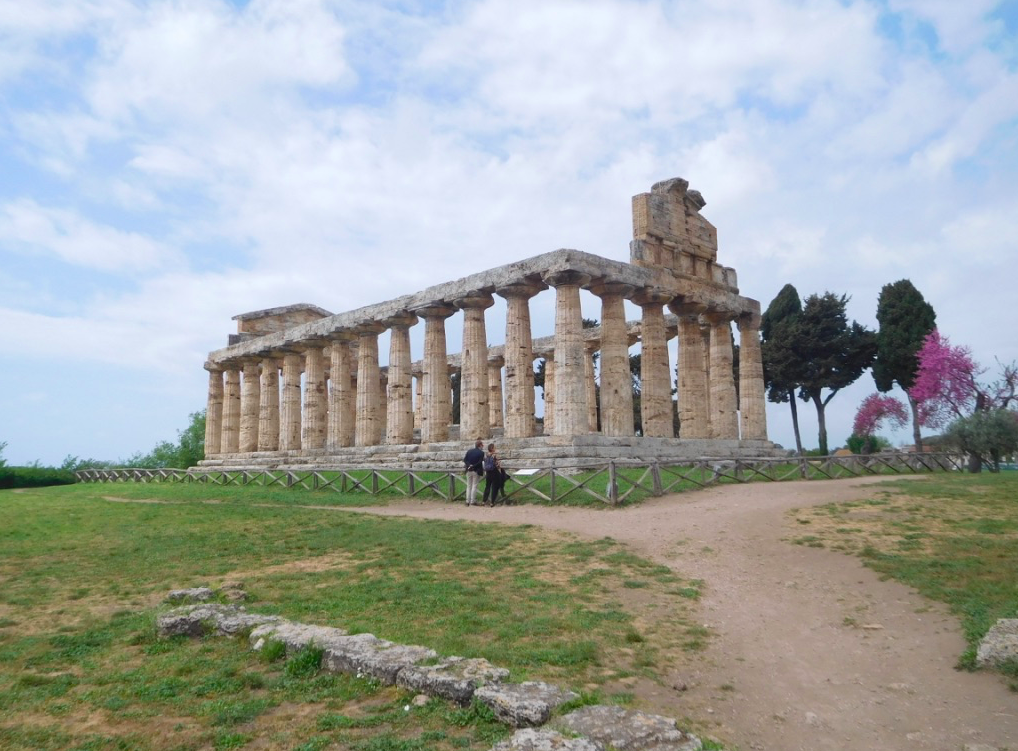
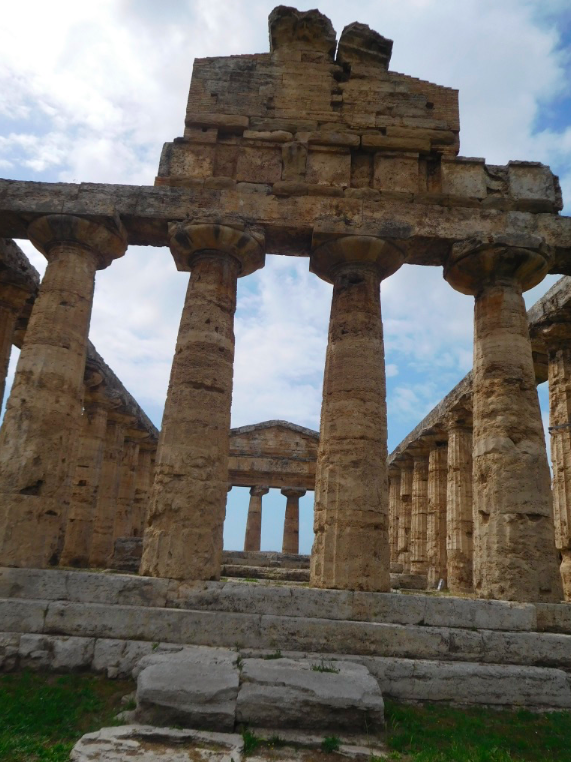
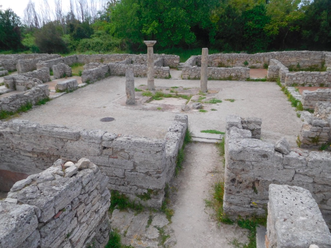
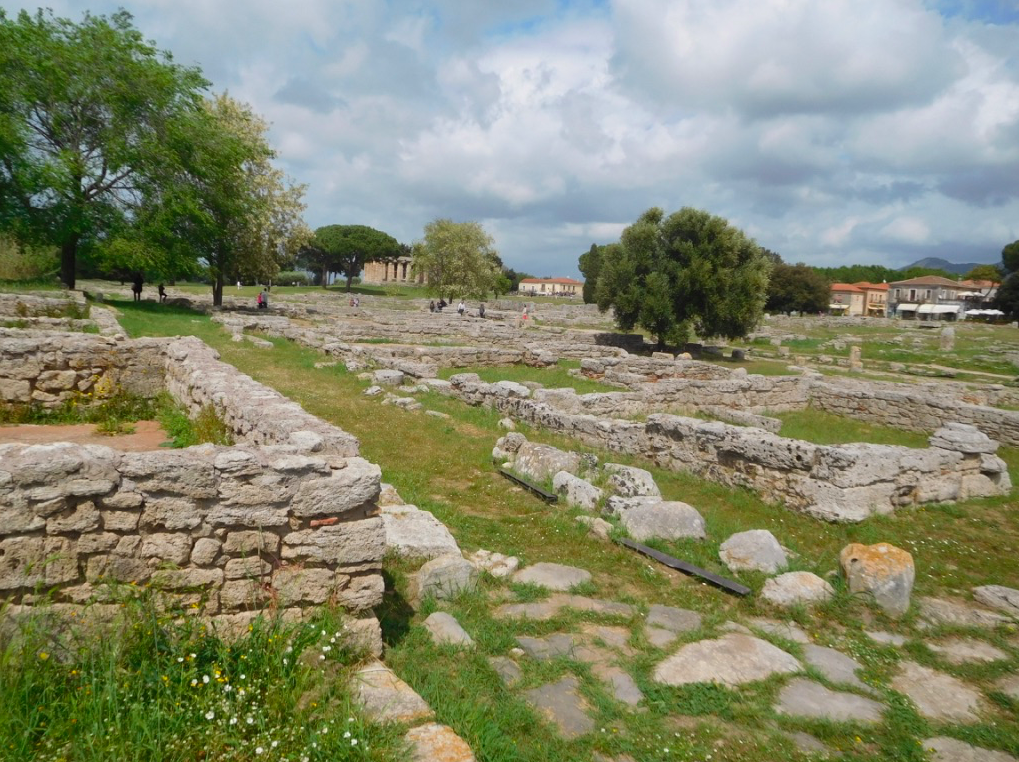
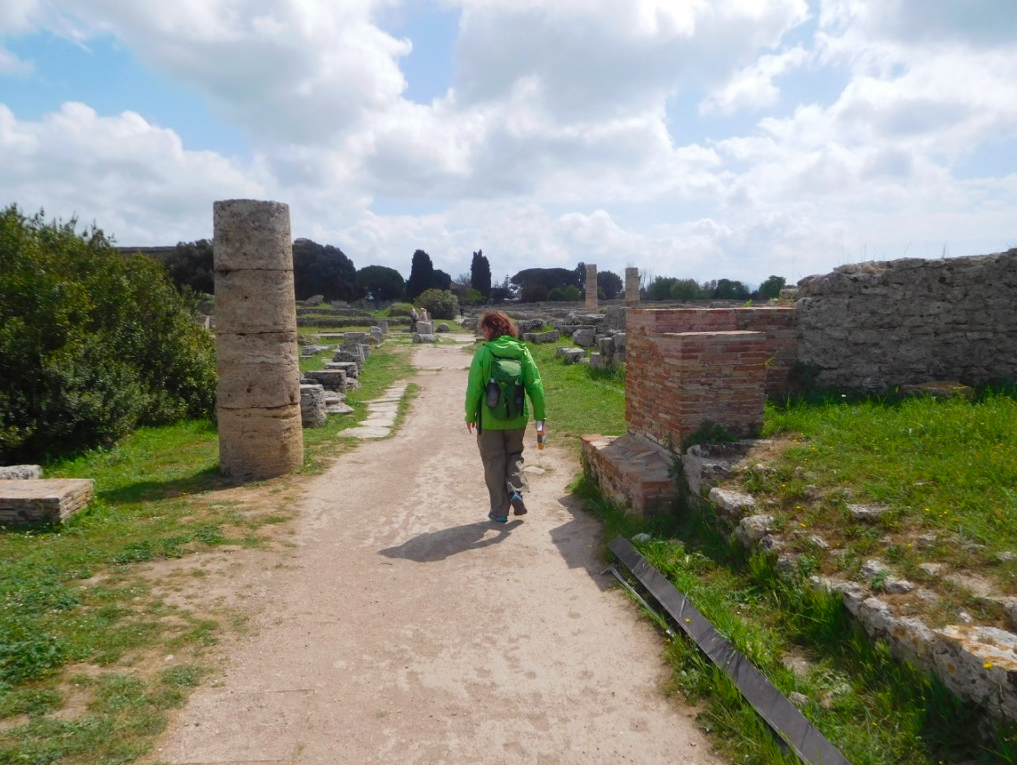
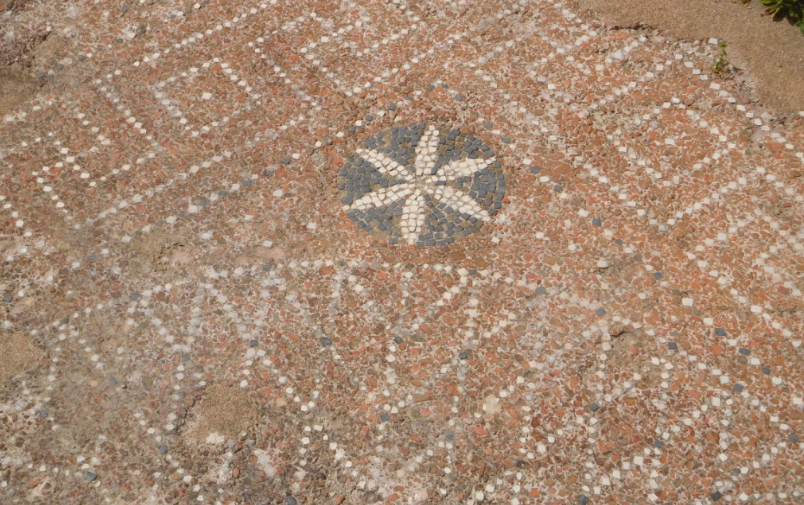
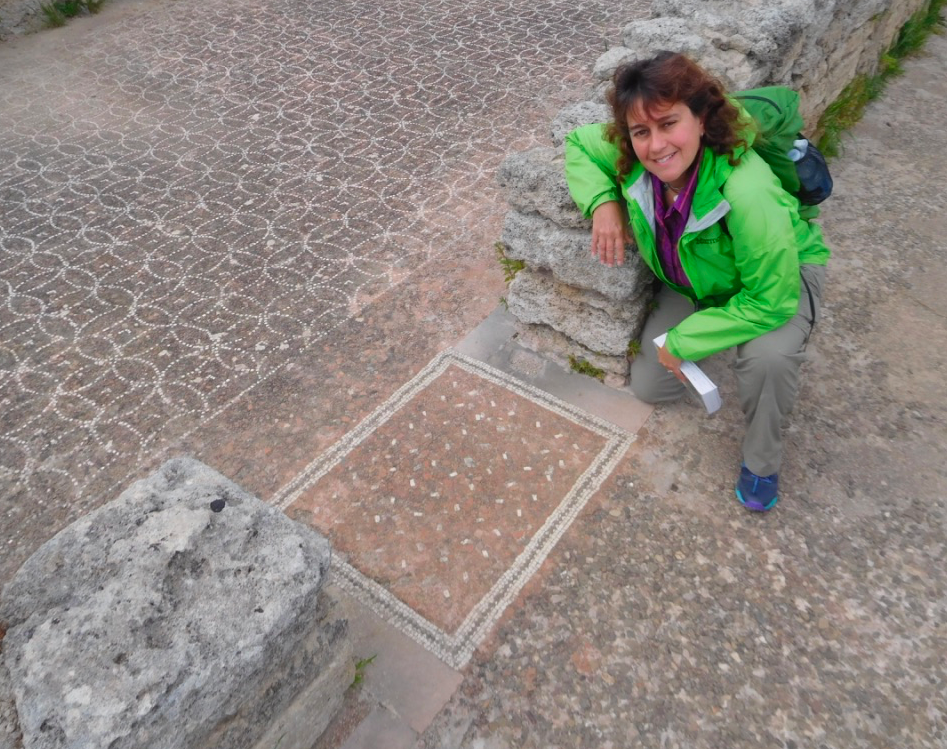
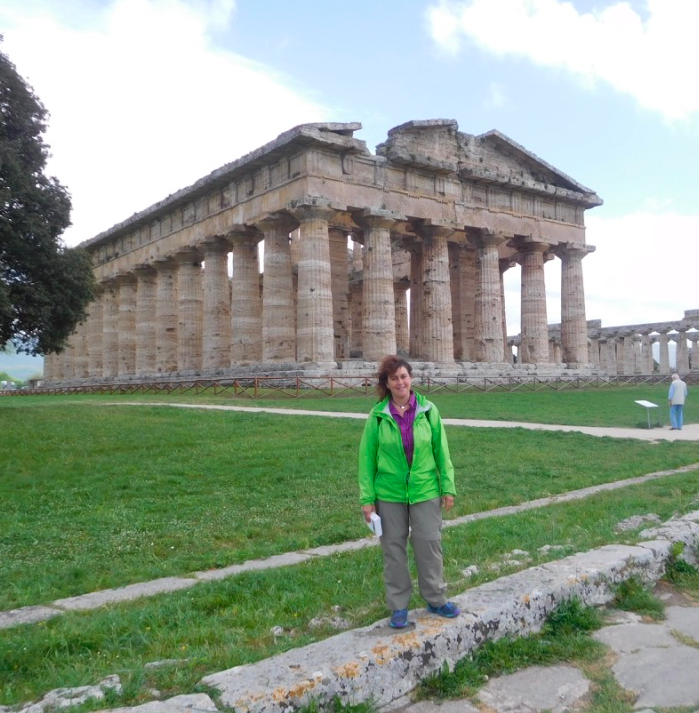
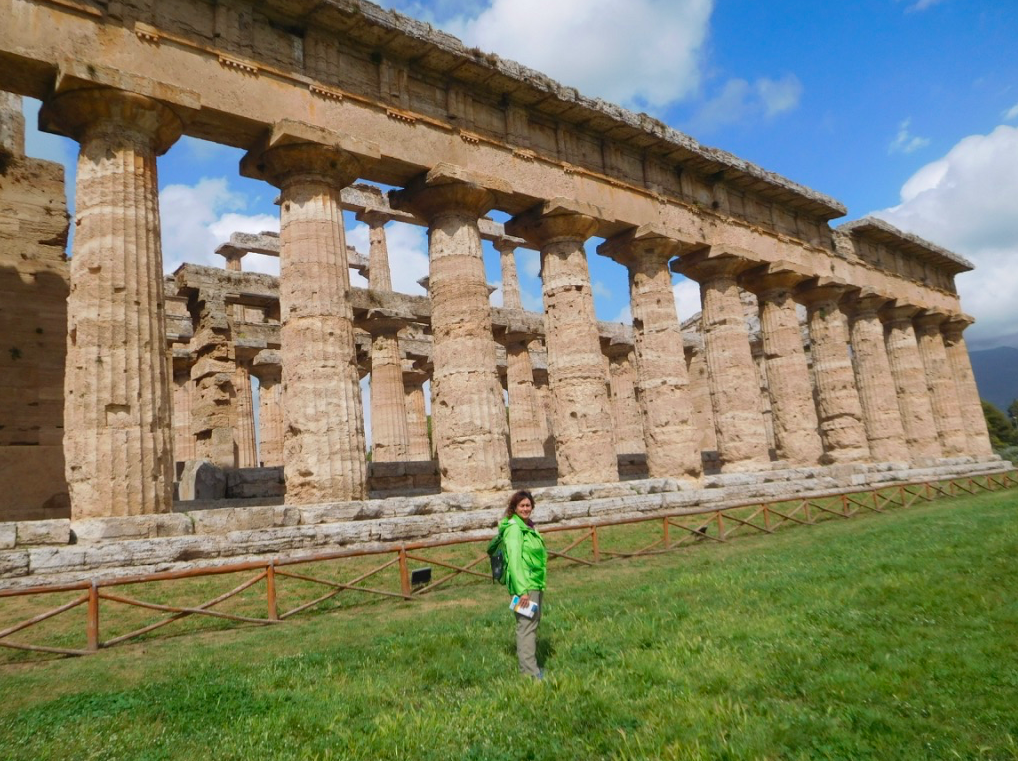

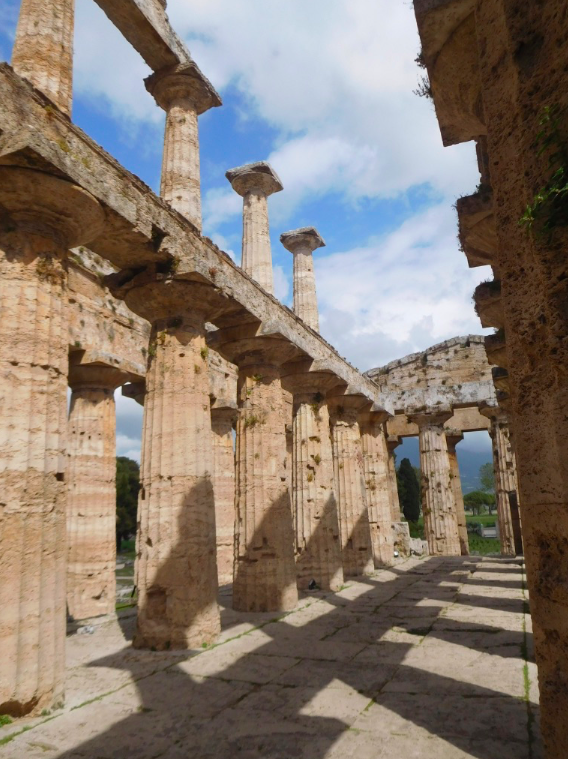
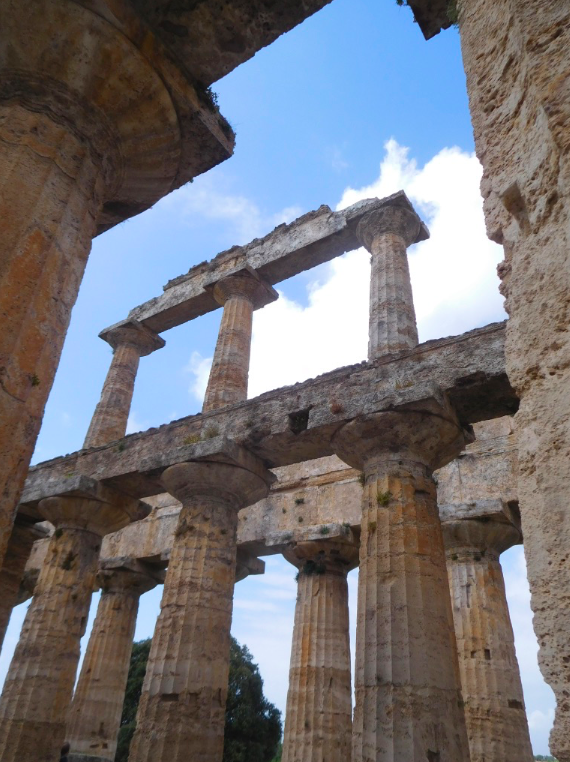
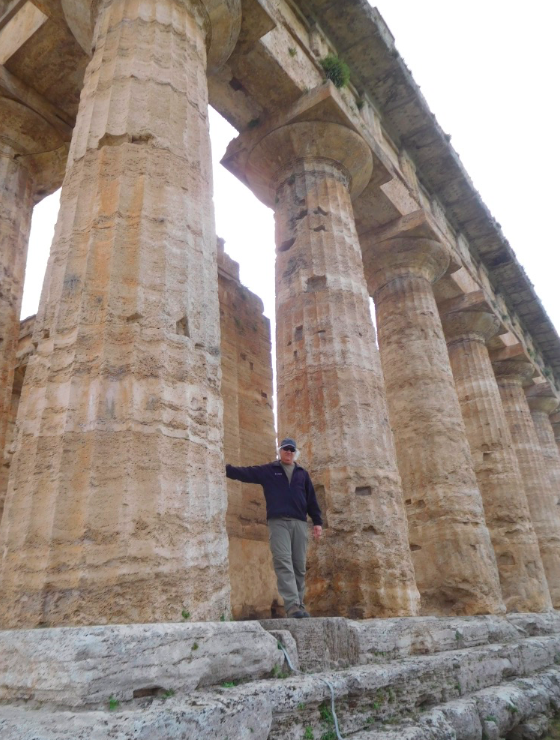
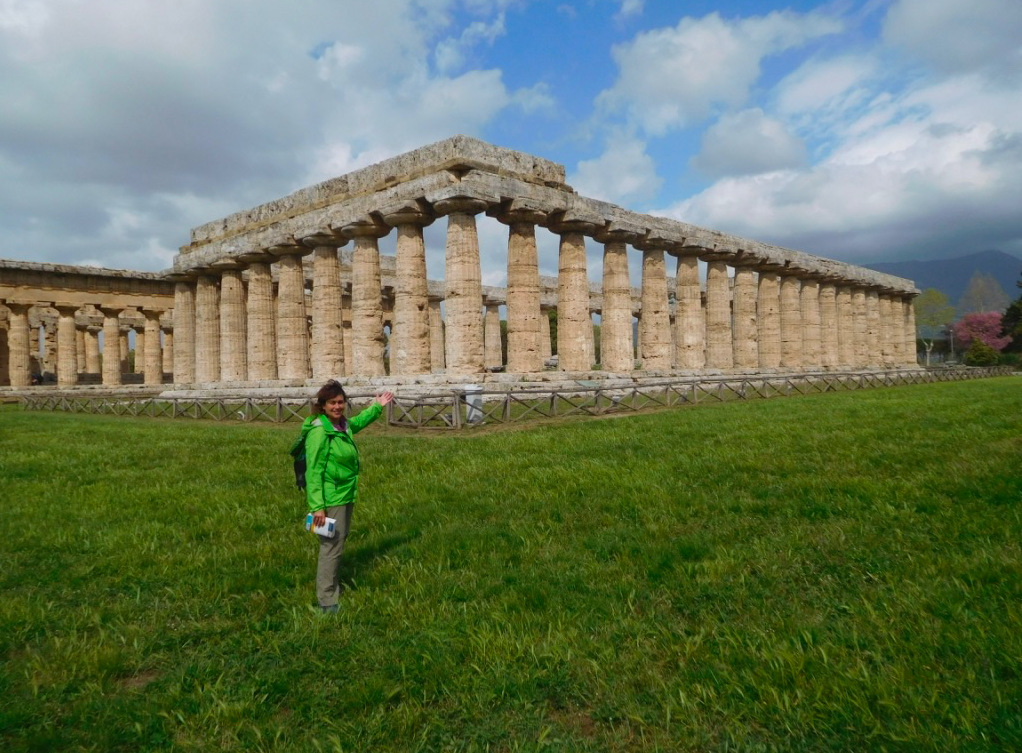
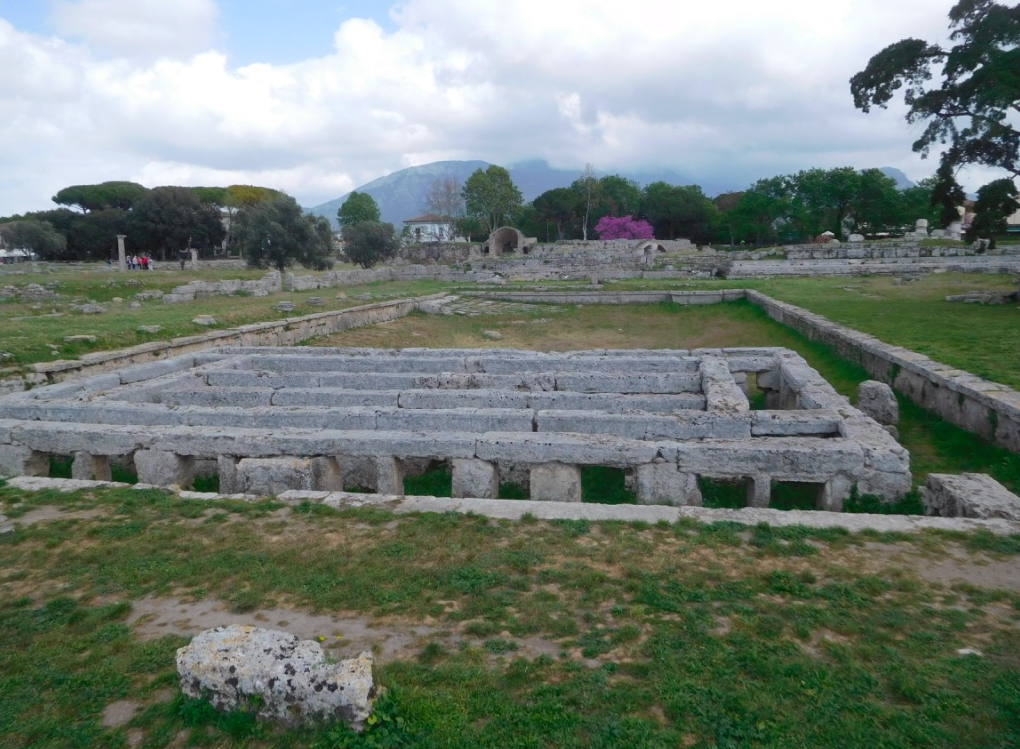
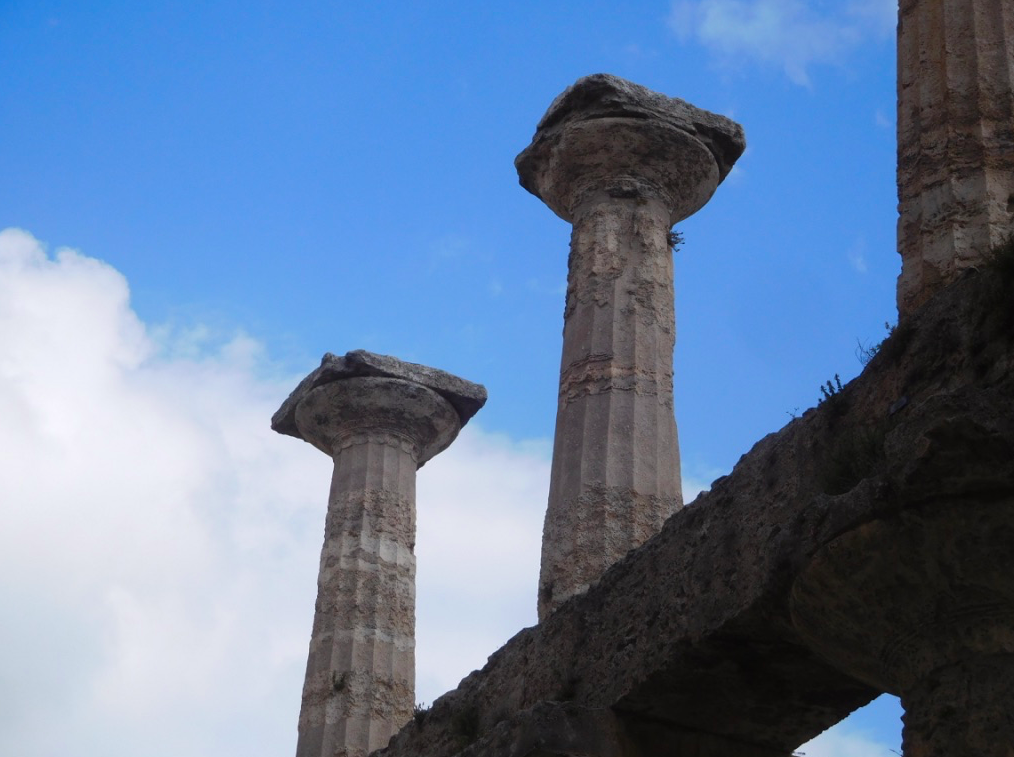
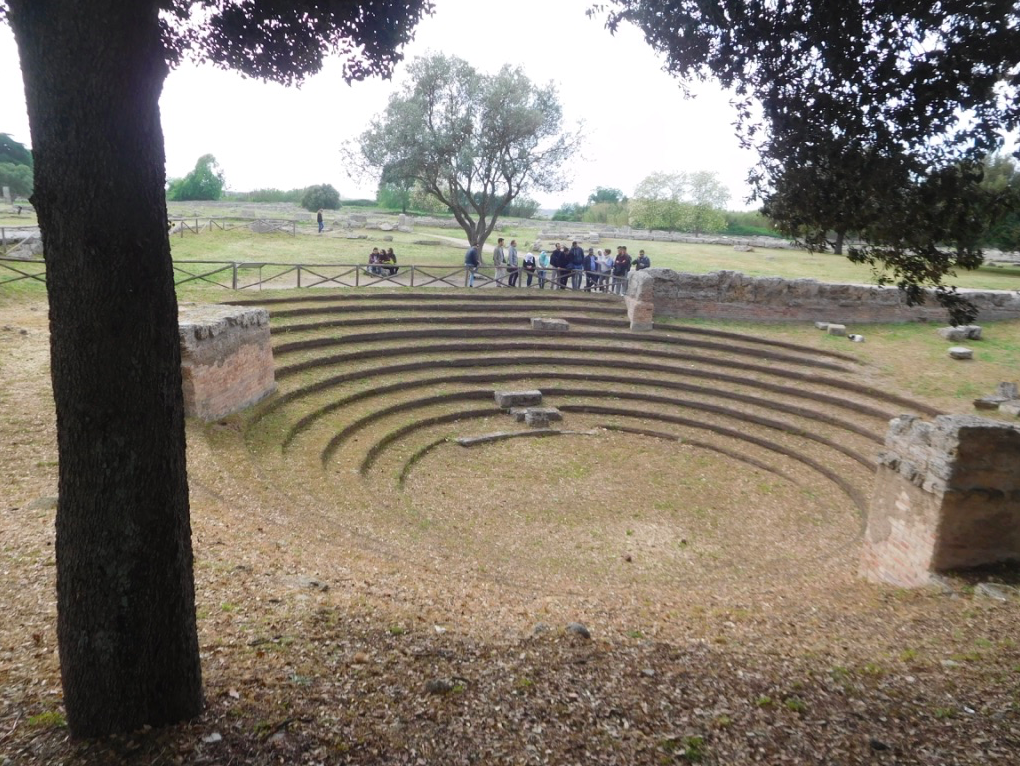
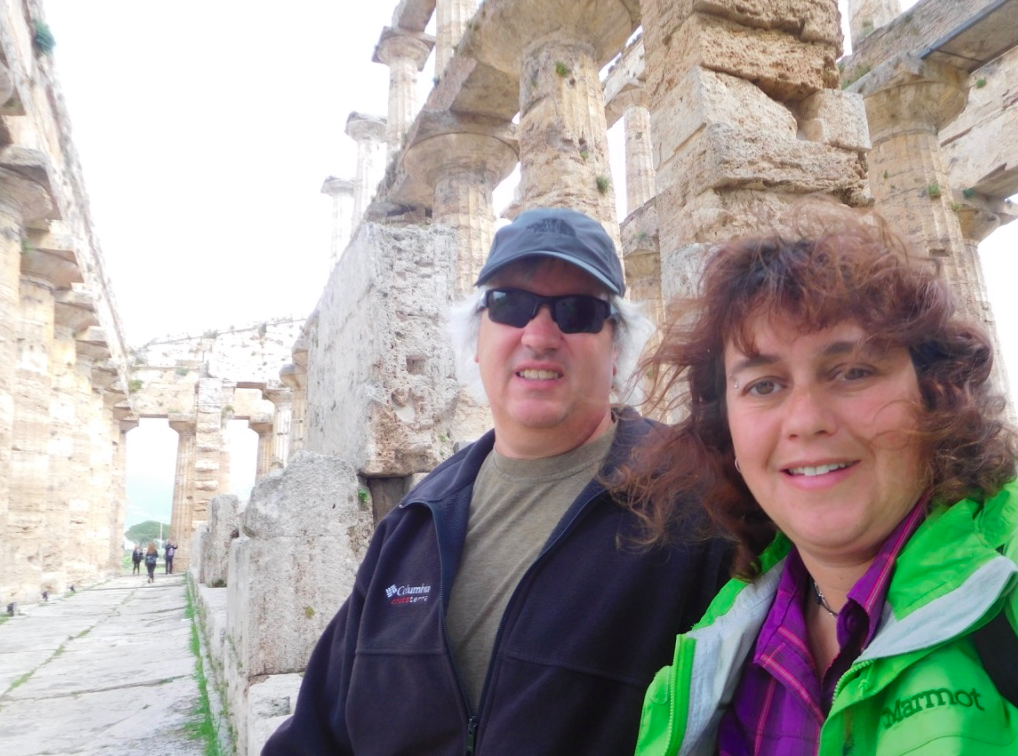
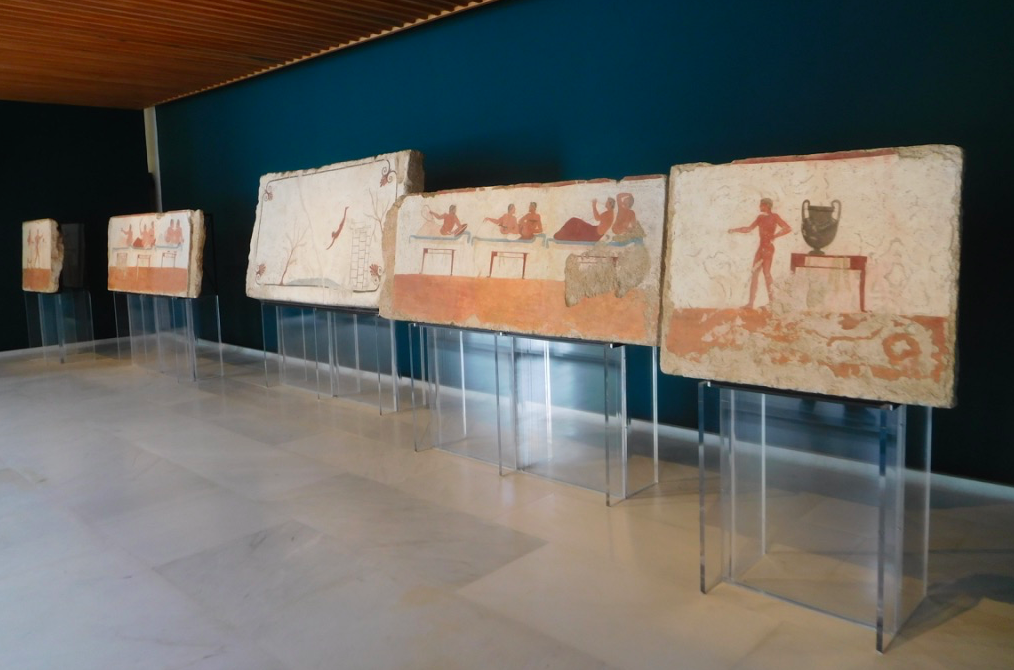
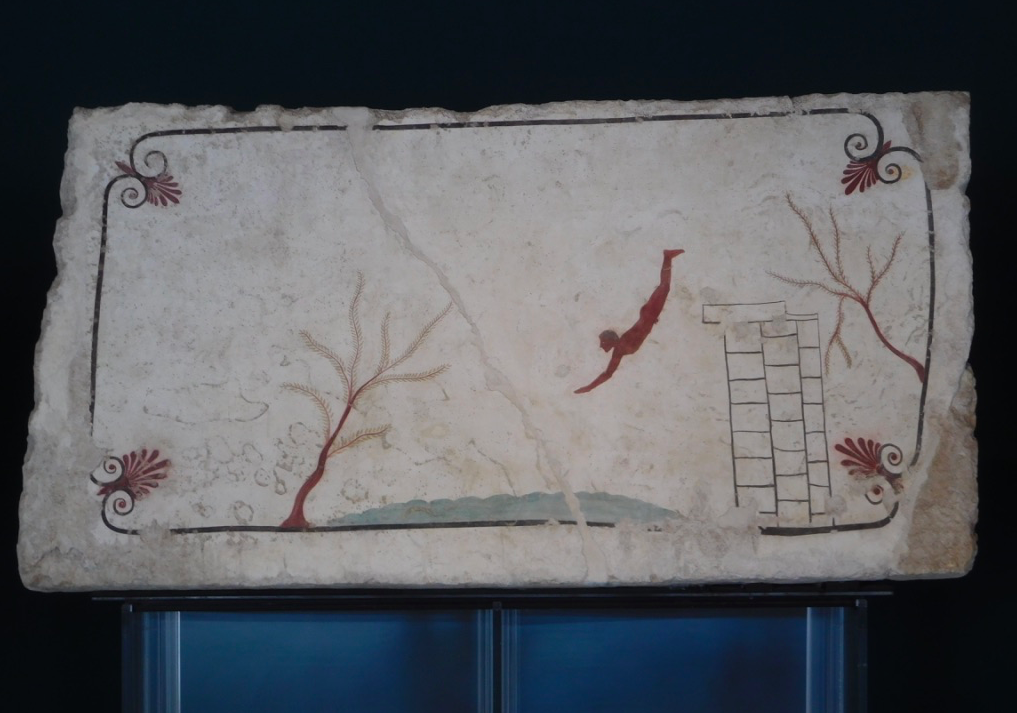
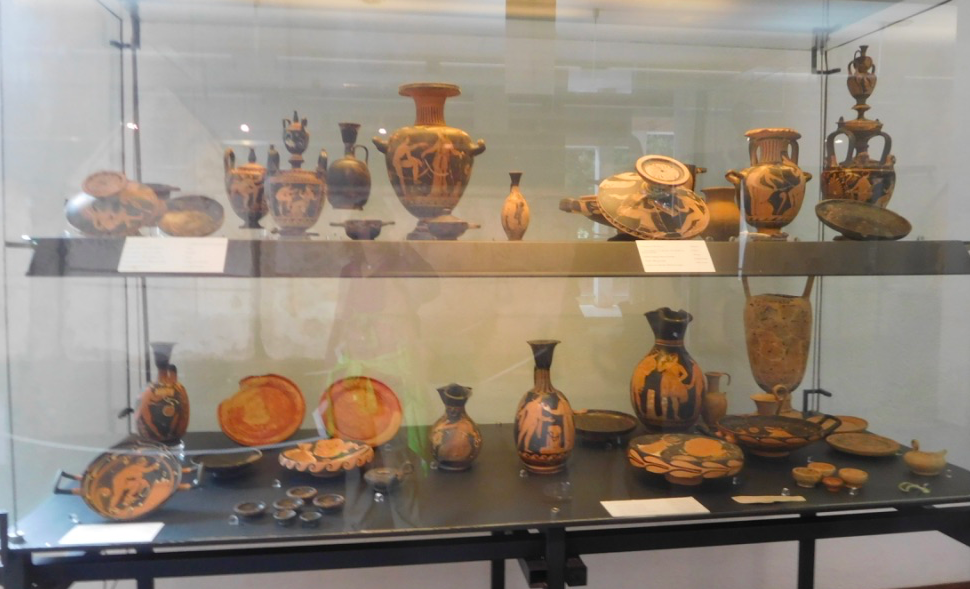
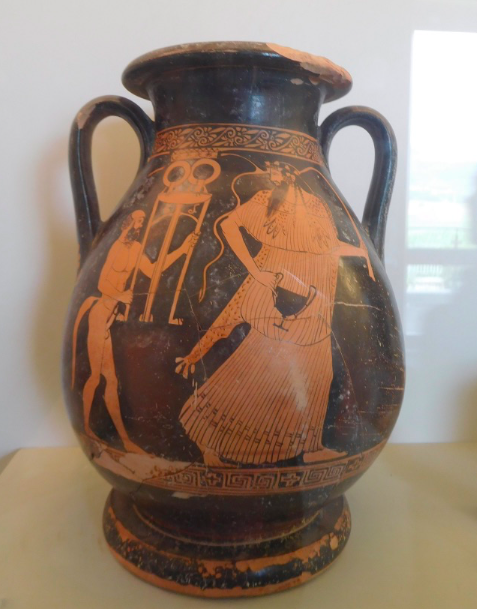
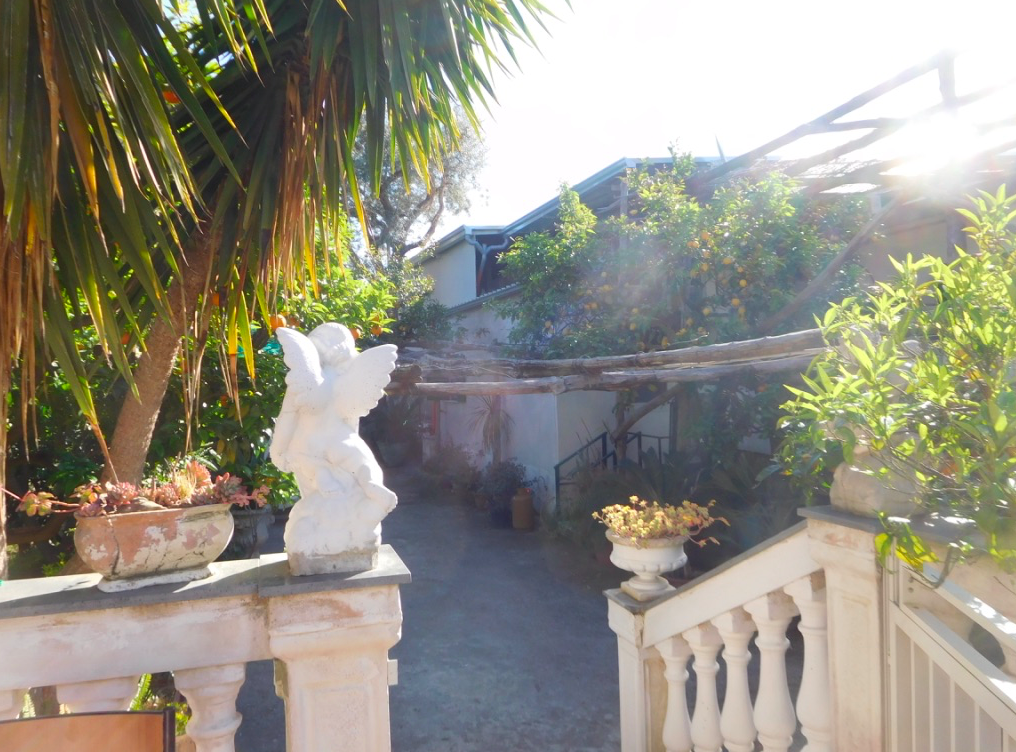


 RSS Feed
RSS Feed
